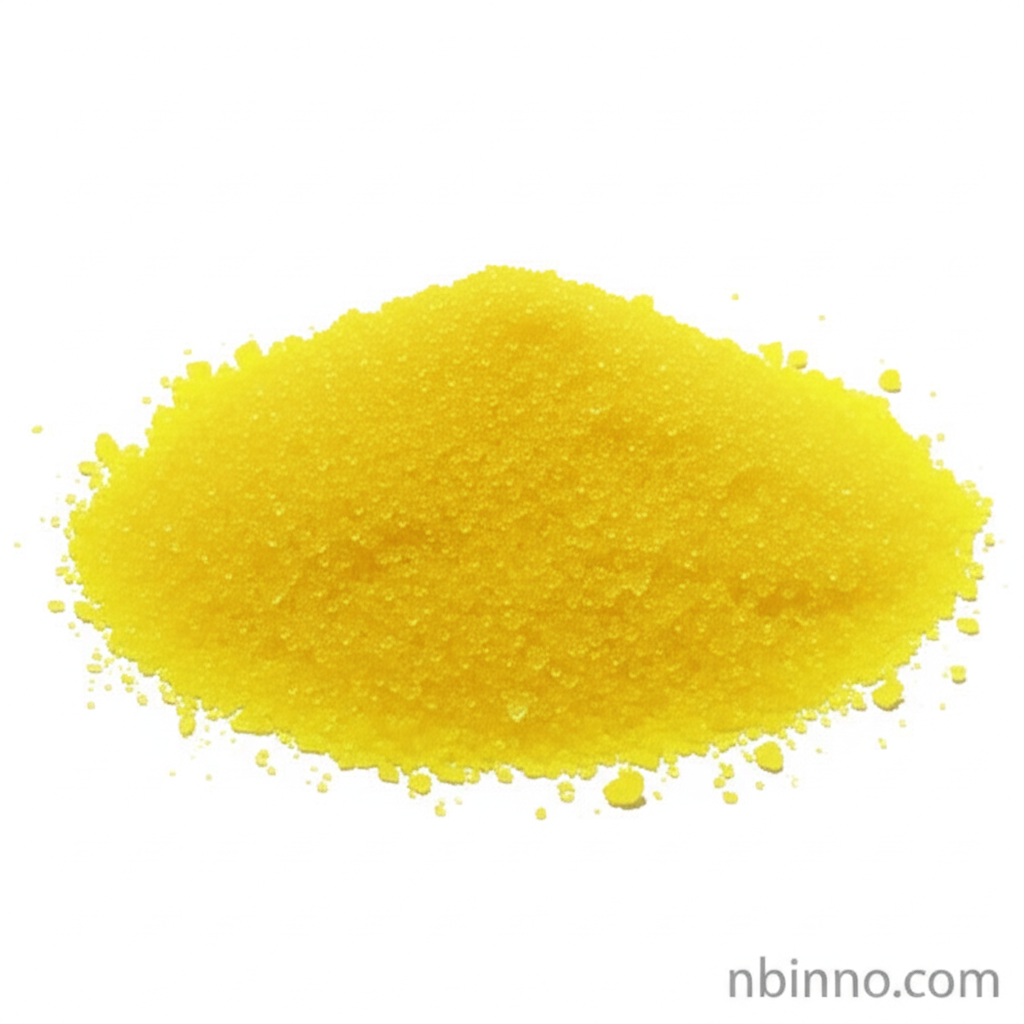Ethyl Thiooxamate: A Versatile Intermediate in Organic Synthesis and Heterocyclic Chemistry
Discover the key properties, synthesis methods, and applications of this vital organic building block.
Get a Quote & SampleProduct Core Value

Ethyl Thiooxamate
Ethyl Thiooxamate (CAS No. 16982-21-1) stands as a critical chemical intermediate with a broad spectrum of applications in organic synthesis, particularly in the construction of complex heterocyclic systems. Its unique structural features, combining a thioamide and an ester group, impart versatile reactivity, making it a sought-after reagent for chemists aiming to synthesize novel compounds.
- The synthesis of heterocycles often relies on versatile organic synthesis reagents like Ethyl Thiooxamate, which facilitates the creation of nitrogen- and sulfur-containing ring systems such as thiazoles.
- Understanding the chemical intermediate's properties is crucial; Ethyl Thiooxamate, identified by CAS 16982-21-1, is a yellow crystalline solid with a defined melting point, essential for its handling and reactions.
- Researchers leverage Ethyl Thiooxamate applications in medicinal chemistry research, using it as a precursor to biologically active molecules, thereby exploring new therapeutic agents.
- The nucleophilic reactivity of the thioamide group in Ethyl Thiooxamate is key to its utility in various organic transformations and its role as a valuable organic building block.
Advantages of Using Ethyl Thiooxamate
Broad Synthetic Utility
As a key building block in organic synthesis, Ethyl Thiooxamate enables the efficient creation of diverse molecular structures, including complex heterocyclic compounds, significantly advancing research in various chemical fields.
Medicinal Chemistry Relevance
Its role in medicinal chemistry synthesis makes Ethyl Thiooxamate invaluable for developing new drug candidates, offering pathways to compounds with potential therapeutic benefits and contributing to the advancement of pharmaceutical sciences.
Versatile Reactivity
The inherent chemical properties of Ethyl Thiooxamate, particularly its thioamide functionality, provide a rich platform for a wide array of chemical reactions, allowing chemists to explore various synthetic routes and functionalizations.
Key Applications
Organic Synthesis
Ethyl Thiooxamate serves as a fundamental organic building block, essential for constructing complex molecules through various synthetic pathways, a cornerstone of organic chemistry research.
Heterocycle Synthesis
It is a pivotal reagent in heterocyclic chemistry, facilitating the formation of important ring systems such as thiazoles and triazines, which are prevalent in pharmaceuticals and materials.
Medicinal Chemistry
In medicinal chemistry, Ethyl Thiooxamate acts as a precursor for synthesizing compounds with potential biological activities, aiding in the discovery and development of new therapeutics.
Chemical Research
The compound's unique reactivity and structural features make it an object of study in chemical research, particularly in understanding thioamide reactivity and developing novel synthetic methodologies.
